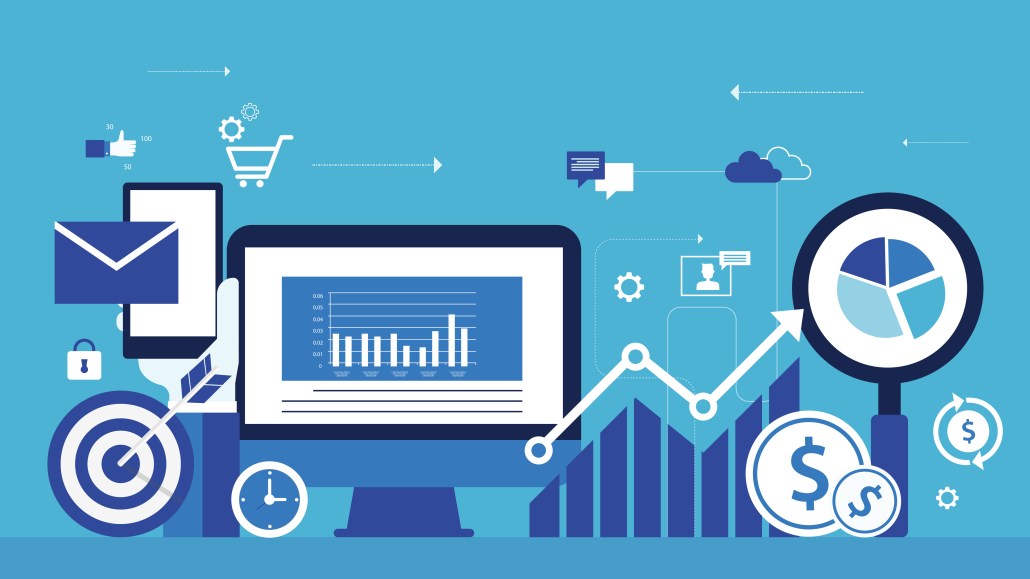The Trade Desk launches slew of updates in its quest to wrest ad dollars from Walled Gardens

The Trade Desk yesterday unveiled a host of changes to its platform at an event hosted in New York City where company CEO Jeff Green showcased a series of updates to its platform, principally Kokai.
During his keynote, Green distilled quite a bit of information to attendees in a session that easily ran in excess of an hour with the update announcements geared towards distilling how The Trade Desk aims to loosen the vice-like grip the industry’s Walled Gardens have over advertisers’ budgets.
Below is an overview of just some of the features showcased by The Trade Desk.
So, Kokai, what’s new?
Kokai follows on from earlier updates to the industry’s largest demand-side platform such as the 2021 introduction of Solimar, as well as its Galileo launch ahead of CES in January of this year – note Cannes Lions (arguably the flagship conference of the ad industry) is only two weeks away.
Much of these features are made possible using the platform’s AI features, dubbed Koa – Green maintained the company was not spuriously using ‘AI’ in its language in order to jump on a bandwagon – to help with campaign decisioning.
Retail Sales Index
The updates revealed at yesterday’s conference included partnerships with Albertsons, Walgreens, and Dollar General whereby advertisers can measure the effectiveness of their campaigns using benchmark data from the retailers via a Retail Sales Index.
‘TV QI’
Meanwhile, a TV Quality Index was also aired, a feature that lets advertisers score the quality of their ad placement in the booming CTV landscape by helping them to pinpoint professionally produced content. “Essentially what we’re helping to do is shift budgets from UGC to premium and then we’re showcasing the value of premium,” Green told attendees, dubbing the new service “TV QI.”
‘QRI’
Elsewhere, The Trade Desk showcased a Quality Reach Index, or “QRI,” essentially a lookalike tool that lets advertisers assess just how relevant their ads are to the audiences they are serving with commercials. “This is quantifying mathematically how similar your marketing audiences are, at the top of the funnel, to those that you’re actually selling products to,” noted Green.
Learning from the Walled Gardens
A central part of the narrative tying all of the above product launches together is how the open internet can overcome Walled Gardens’ dominance by using independent platforms that let advertisers use their first-party data (in a privacy-safe manner) to deploy and measure the impact of their media campaigns.
According to Green, the open internet can “watch and learn from the things that the Walled Gardens have done well” without the need to resort to “draconian” measures whereby a handful of tech platforms hold huge amounts of power over how ad campaigns are conducted.
On this thread, Green referenced “the genius” of how Apple galvanized app developers during the 2008 launch of its App Store – “a very open internet-like thing” – to spur an entire ecosystem during his prelude to showcasing Partner Portal.
The Trade Desk’s Partner Portal is essentially a marketplace whereby third-party ad tech providers can offer their wares to media buyers via the Kokai platform with some of the DSP’s flagship offerings such as UID 2.0 and OpenPath presently available.
The Partner Portal has more than 400 integrations with an array of third-party providers, offering services such as audience measurement and contextual targeting, with Green telling event attendees that simplifying the requirements to integrate with The Trade Desk has been a big priority in recent months.
“I know we have not always been the easiest to integrate with,” he conceded, further promising potential partners of “less friction” in the future.
More in Media Buying

Amazon courts media buyers with loss-leader tactics to compete with other major DSPs
Amazon’s pitch to media buyers emphasizes refreshed UI, CTV inventory and financial incentives.

Why big advertisers are buying Brave’s search ads — despite its small size
Brave is pitching a high-intent alternative to Google that bypasses traditional tracking and attribution.

Bold Call: The ad industry’s herd mentality risks an unnecessarily severe slowdown
It’s not the economy, it’s the anxiety.








